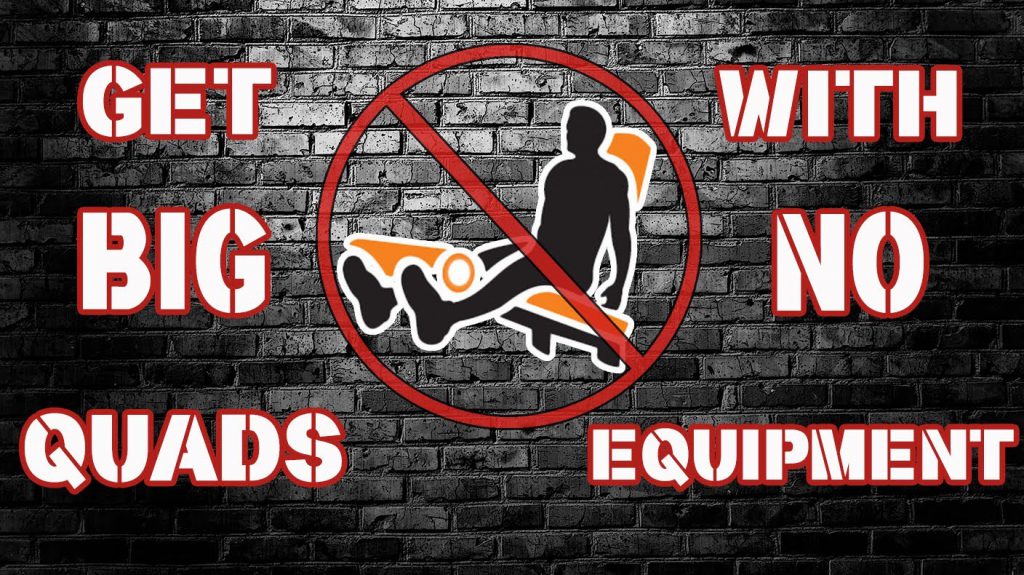The Truth About Stretching: Why This Ballet Dancer Stopped Stretching
From the ages of twelve to twenty-one, I was a ballet dancer. It was all I did and all I wanted to do. Being extremely disciplined, I stretched for half an hour every night before bed so I could get more flexible. And it worked – I got pretty darn flexible. Even on vacations, I stretched every single night without exception.
I quit dancing at the age of 21 after suffering the second of two terrible back injuries. But after I quit dancing, I kept doing my 30-minute stretching routine every night before bed. Not only did I love the ritual, but I felt like I physically needed it – as though I was addicted to the feeling. My body just didn’t feel right until I had stretched. I also enjoyed taking the time every day to feel connected to my body and having so much awareness of how my body felt.
Seven years later, I happened upon the Somatic Systems Institute web site. I ordered Thomas Hanna’s book Somatics: Reawakening the Mind’s Control of Movement, Flexibility, and Health, and after reading about five pages I felt as if I had found something that I had been looking for my whole life. And yes, after all this time I was still doing my stretching routine every single night!
Less than a year later, I had enrolled in the professional training program to become a Clinical Somatic Educator. I remember sitting in the back of the studio during the first semester of my training while Steve Aronstein described how stretching was ineffective and could even be harmful. I started fuming. What was he talking about? I had been stretching for what felt like my entire life and knew firsthand that it was effective. I got upset to the point that I felt like crying. It was as if he was attacking my religion. I bit my tongue and didn’t speak up, but I refused to believe what he was saying.
I went home at the end of the first semester completely in love with Somatics, understanding and believing everything I had learned so far – except what I had learned about stretching. I went over and over it in my mind and finally decided to give it a shot: I would substitute all my nightly stretching exercises with Somatic movements. But I would just try it for a week or two, and then I would see how I felt. I didn’t want to lose any of my hard-earned flexibility, after all.
While there are tons of standard Somatic exercises that Thomas Hanna created, once you learn the basic principle of how to contract and release your muscles in a certain way, you can turn pretty much any movement into a Somatic movement. So, on the first night I got down on the floor and set about turning all of my ritual stretches into Somatic movements. While I was in pretty much the same positions as my stretches, I was doing a completely different type of movement, and going through an entirely different neurophysiological process as I moved.
After about forty-five minutes I got up off the floor and… WOW. My body felt like jelly. Or like a wet noodle, as my mom would say. I had never felt so loose and relaxed! It was an entirely different sensation than I felt after stretching. I continued this Somatics routine night after night and soon became aware of a wonderful new sensation of being completely comfortable in my body. I didn’t feel that constant sense of tightness and needing to stretch that I used to feel. And even though I had stopped stretching, I hadn’t lost any of my flexibility or range of motion.
Needless to say, I was now a complete Somatics convert. Which unfortunately led to my next challenge: getting other people to understand that stretching is not all it’s cracked up to be. This is a topic that I sometimes shy away from addressing even today when I work with clients, because it is so hard-wired into many people’s belief systems that stretching is the best way to stay loose and prevent injuries.
All of us, including all animals, have a reflex in our nervous systems called the stretch reflex, or myotatic reflex. Never heard of it? Think again. Your stretch reflex has actually been tested by a doctor, though maybe not since you were a bit younger. When your doctor used that little hammer to hit just below your knee, making your foot kick up, he was testing your stretch reflex.
The stretch reflex (myotatic reflex) is a muscle contraction in response to stretching within the muscle. This reflex provides automatic regulation of skeletal muscle length. When a muscle is lengthened, the muscle spindle (a sensory receptor in the muscle) is stretched and its nerve activity increases. This increases alpha motor neuron activity, causing the muscle fibers to contract and thus resist the stretching. The reflex functions to maintain the muscle at a constant length. (Thanks Wikipedia, for that great explanation! http://en.wikipedia.org/wiki/Stretch_reflex )
Why is it so important that we have this reflex? Well, reflexes in general exist to help us stay alive and avoid injury. One important function of the stretch reflex is that it helps us stand upright. Example: A person standing upright begins to lean to the right side. The postural muscles on the left side of the vertebral column will be stretched. When they sense this lengthening, the stretch receptors in the muscles on the left side will automatically send the message to contract in order to correct the person’s posture. (Thanks again, Wikipedia)
The stretch reflex also exists to prevent us from tearing our muscles, tendons, and ligaments. The knee-jerk reflex is a great example. The doctor hits your patellar tendon just below your knee, suddenly stretching the tendon and the quadriceps muscle to which it is attached. The muscle spindle in your quadriceps senses the sudden increase in length and automatically sends the message to contract your quadriceps in order to prevent injury and over-stretching of the muscle and tendon. When your quadriceps contracts, your foot kicks up.
If your foot doesn’t kick up, your doctor knows that could be a sign of a neurological disorder, such as receptor damage or peripheral nerve disease.
Now that you understand the basics of the stretch reflex, let’s get back to the topic of stretching for the purposes of flexibility. When you’re stretching, the conscious and sub-conscious parts of your nervous system are battling against each other, trying to achieve opposite results. The conscious part – the cortex of your brain – is sending the message to manually stretch your muscles by pulling on them. But despite all your efforts, your stretch reflex is automatically kicking in, contracting your muscles to prevent over-stretching, tearing, and injury.
So if our stretch reflex prevents us from lengthening our muscles, why does stretching sometimes work? There are a couple of reasons. One is that when you stretch deeply, past the point that your muscles and tendons are able to lengthen, you begin to stretch your ligaments. With prolonged stretching, ligaments can be permanently stretched, resulting in more flexible (and often less stable) joints.
Another reason is that when we stretch repeatedly, we are building up a tolerance to the sensation of pulling in our muscles. Even though it is by nature an uncomfortable sensation, with repetition it can become tolerable and even enjoyable. I used to love that feeling of pulling in my muscles, and I craved it every day. It provided me with a temporary lengthening and release of my muscles, and as I became more comfortable with the feeling, I was able to pull my muscles even farther. But of course the reason that I craved that feeling every day is that the fix was only temporary. Less than 24 hours after stretching, my muscles had tightened right back up again.
I’ve been practicing Somatics for four and a half years now, and I’m happy to say that I’m still very flexible, and my muscles feel loose and relaxed pretty much all the time. I run 3-4 times per week and have no pain, injuries, or even soreness. I want to tell every athlete in the world about Somatics and what a difference it could make in their lives. I sometimes wonder if I had found Somatics earlier in life, would I have been able to avoid my two back injuries, and would I still be dancing? I’ll never know, but I’m thankful to have found Somatics when I did, and I’m thankful for the freedom of movement it has given me.
The Truth About Stretching: Why This Ballet Dancer Stopped Stretching by Sarah K Warren




